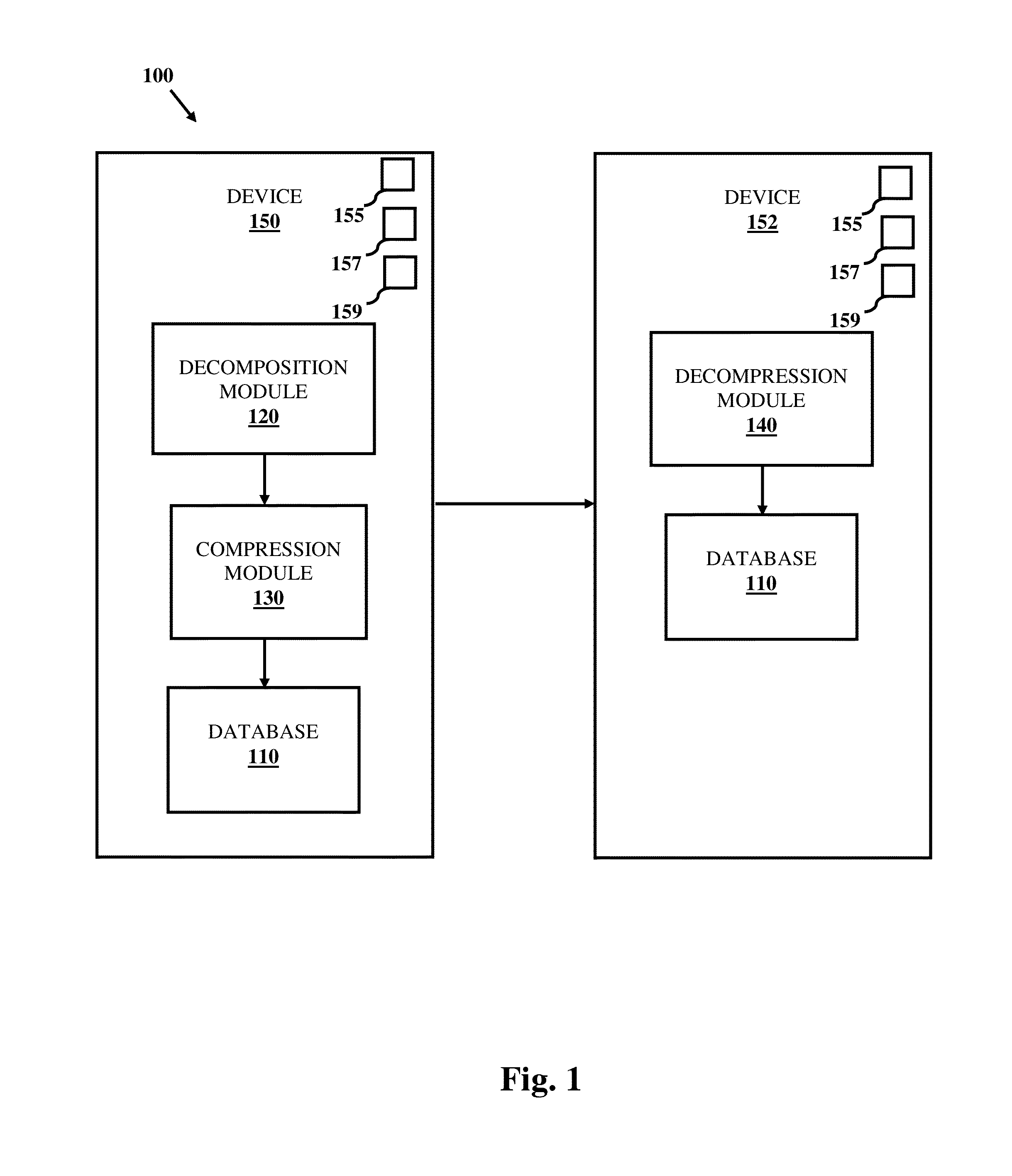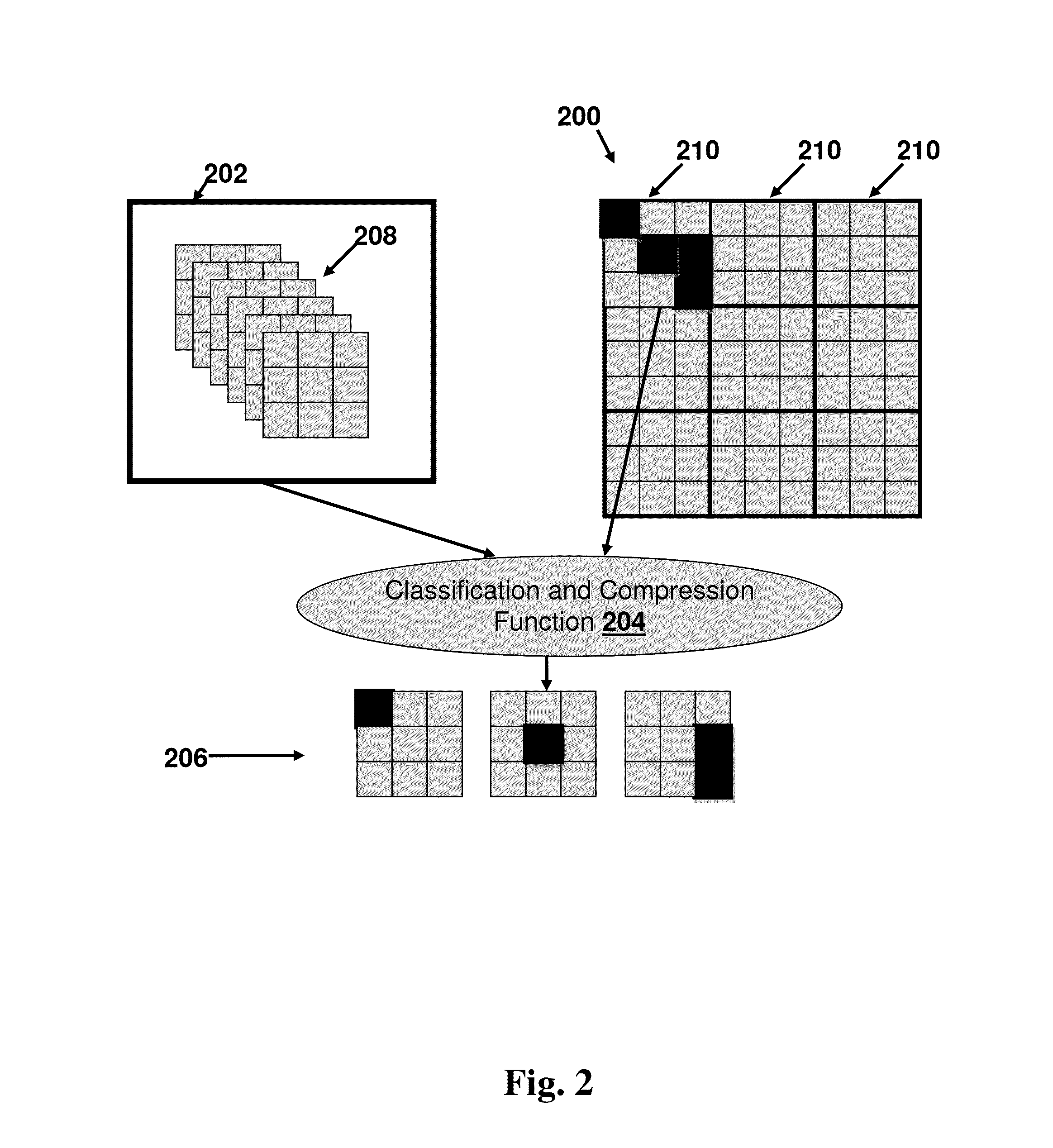System and method for image compression
a system and image compression technology, applied in the field of system and method for image compression and decompression, to achieve the effects of reducing difference or error, improving compression quality, and reducing compression quality
- Summary
- Abstract
- Description
- Claims
- Application Information
AI Technical Summary
Benefits of technology
Problems solved by technology
Method used
Image
Examples
Embodiment Construction
[0024]Some embodiments of the present invention provide a system and a method for dynamically adjusting the quality of image data compression based on the available bandwidth.
[0025]Some embodiments of the invention may divide a source image into a plurality of sub-regions and represent each source image sub-region by one or more similar template pattern(s) from among a dictionary or database of pre-existing image template pattern(s). The source image may represent an image itself, or a change or difference between an image and another previous or reference image. Each template pattern may be uniquely identified by an identifier, code or number. Sub-regions that remain constant with respect to the previous or reference image sub-region may be represented by no data or a “null” data indicator (e.g., 0).
[0026]In order for the image data to be compressed, the source image may be represented by a plurality or sequence of unique identifiers associated with the template patterns for the pl...
PUM
 Login to View More
Login to View More Abstract
Description
Claims
Application Information
 Login to View More
Login to View More - R&D
- Intellectual Property
- Life Sciences
- Materials
- Tech Scout
- Unparalleled Data Quality
- Higher Quality Content
- 60% Fewer Hallucinations
Browse by: Latest US Patents, China's latest patents, Technical Efficacy Thesaurus, Application Domain, Technology Topic, Popular Technical Reports.
© 2025 PatSnap. All rights reserved.Legal|Privacy policy|Modern Slavery Act Transparency Statement|Sitemap|About US| Contact US: help@patsnap.com



